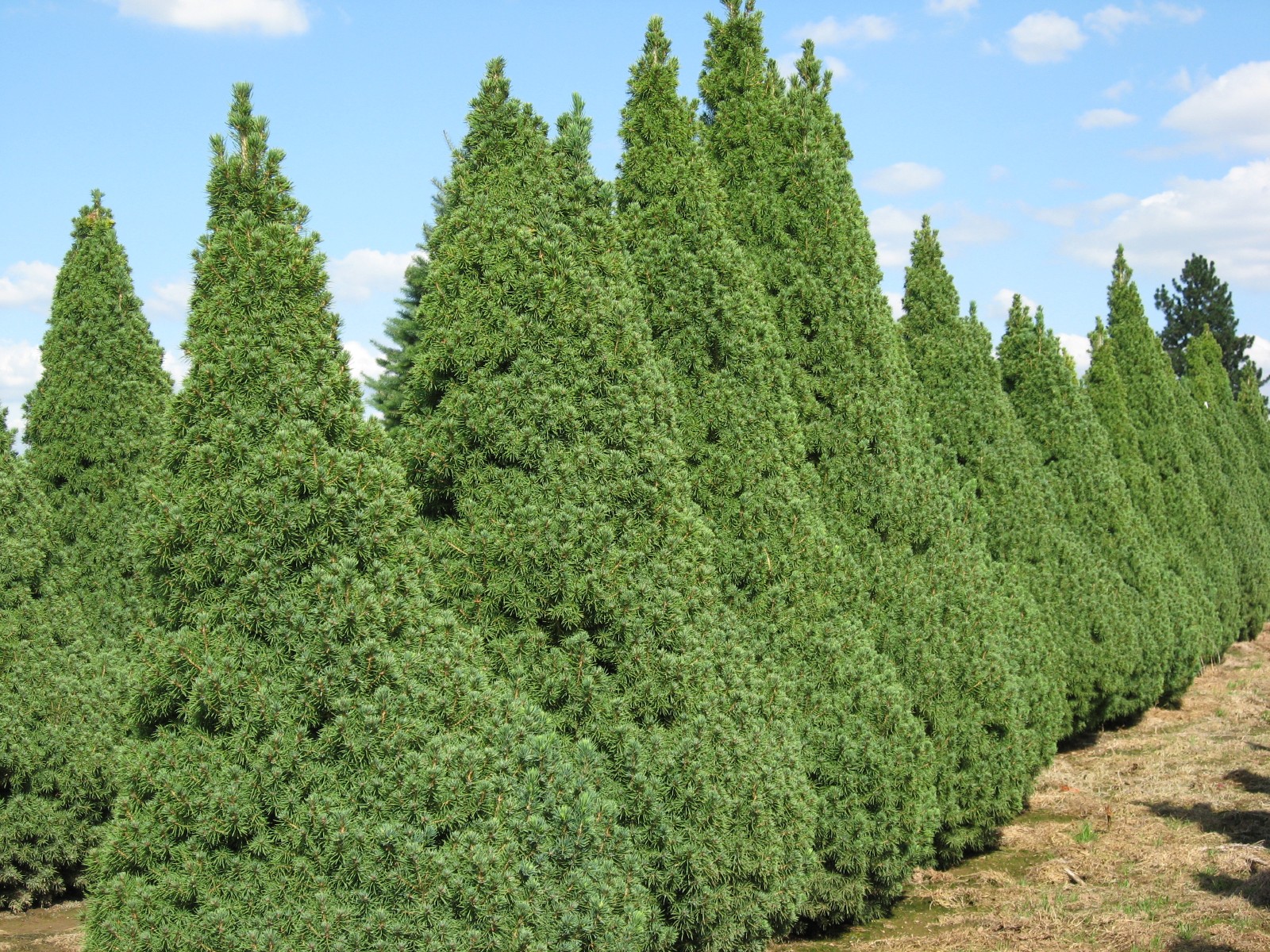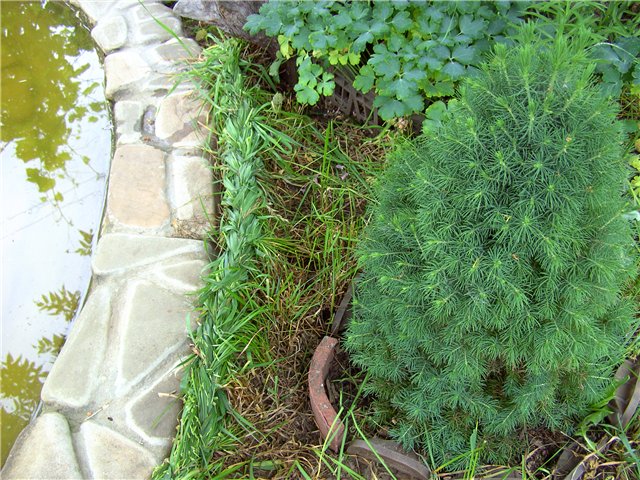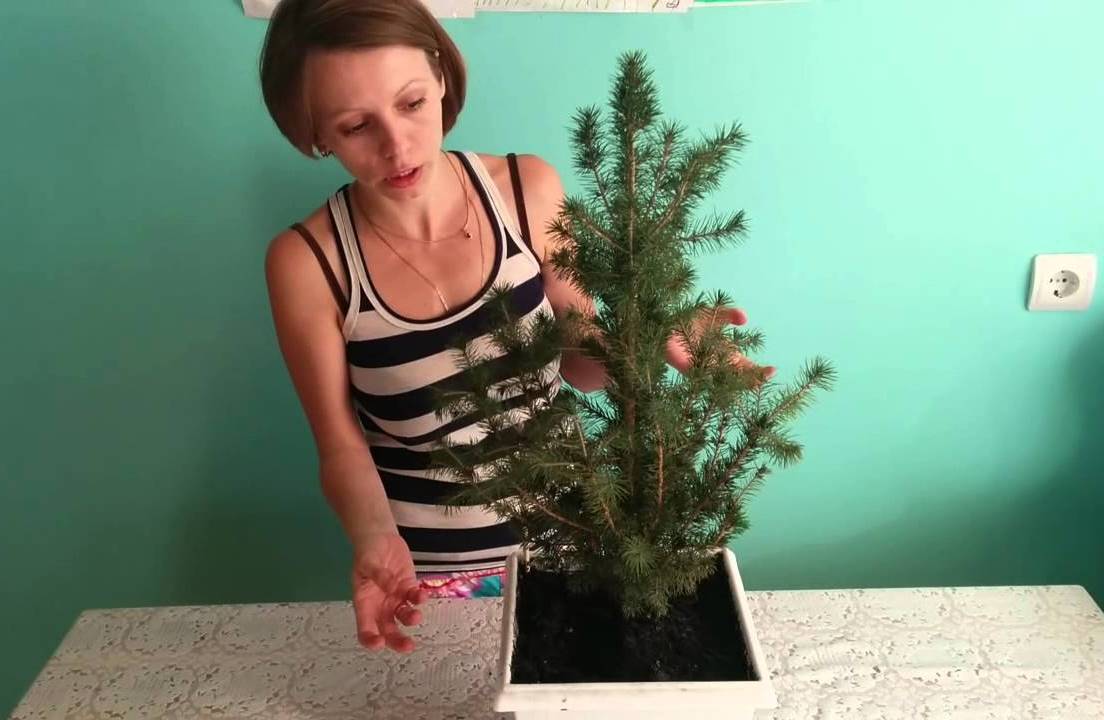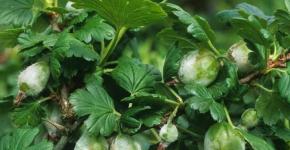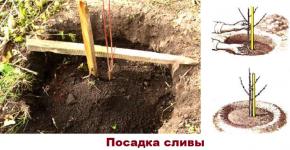Canadian spruce: planting and care
Canadian spruce is an ornamental form of spruce that has a very attractive appearance. That is why it has become so popular among gardeners. Today, this dwarf tree serves as a decoration in many parts of the world. In our middle lane, this plant also takes root quite well. Next, we will tell you more about Canadian spruce, planting and caring for this crop.
The most common plant varieties:
Thanks to its resistance to low temperatures, Konica spruce can grow in almost any conditions that are familiar to ordinary spruces. Since it has small dimensions, it can be planted even in a small area. In height, most often this ornamental culture grows no higher than 95 cm, but under certain favorable conditions it can “stretch up” up to 2.5 m. The crown of this dwarf spruce is dense, has the shape of a narrow cone. The color of the needles is bluish-green. As for the root system, it usually represents a small, weakly expressed tap root. At the same time, most of the roots are located quite close to the soil surface. Therefore, some earthworks when caring for a plant, in particular, loosening, must be done very carefully. Konica grows quite slowly. So, annually, on average, it adds only 30-40 mm in growth. However, there are specimens that can grow by 100 mm in a year. Most often, five-year-old seedlings of Koniki have a height of only 200 mm. But even at this age, they look much better than ordinary spruce trees of the same age. After another 5 years, Konika already reaches a height of up to 800 mm. Until about the age of 11-13 years, the plant maintains good growth. In the future, the tree can add only 20-30 mm per year in growth. Thus, a spruce at the age of 20 years has an average height of 1.5 meters. At the same time, the diameter of the crown near the base reaches 1 m. There is a variety of gray herringbone, which is characterized by yellow growths. This species is called Konica Maygold. Canadian spruce: photo
Canadian Spruce CareThis culture requires a minimum of care. This variety does not require pruning. Usually, rainfall and fertile soil are sufficient for normal growth. However, to enhance the decorative properties, you still need to know how to properly care for Canadian spruce. Basic moments:
If in the spring some parts of the needles have acquired a brown tint, this does not mean that the tree is sick. The loss of color in spruce needles is a reaction to increased solar activity in spring. When the soil is still poorly warmed up, the so-called seasonal vegetation begins at the tree, and due to the frozen soil, it cannot yet receive enough nutrients. That is why the needles acquire a brown tint. Normal color is usually restored when proper soil nutrition is restored and sap flow begins. Planting a Canadian Spruce
Canadian spruce can be transplanted during the entire growth period. In this case, some important requirements must be observed:
Plant propagation
Canadian spruce can be propagated in a variety of ways. For this, they use:
It is obvious that a tree will grow the longest from seeds. And the most difficult way, perhaps, is the use of cuttings. As a seedling, you need to select the lower mature branch, the length of which should be 100-110 mm. The lower part of the cutting should be treated with a growth stimulator and planted in the soil to a depth of about 20-30 mm. When growing dwarf Canadian herringbone seedlings from cuttings, it is best to use a normal potting mix. After planting, do not forget to provide the plant with sufficient watering. Today, growing plants for sale, including ornamental spruces, is a good business option for gardeners. However, the same cannot be said for the dwarf Canadian Christmas tree. Breeding such plants for sale is considered, on the contrary, unprofitable, if only because they require a lot of time to grow. In addition, we must not forget that young seedlings require constant care, namely, watering, fertilizing and loosening the soil. For sale, the Canadian Christmas tree will be suitable only after 3-5 years, when it reaches a height of 200 mm. When buying a cutting (seedling) of Canadian spruce, you should, first of all, pay attention to its shape. It is important that it matches the selected variety. In addition, pay attention to the color of the needles - it should be intense. Often, Canadian spruces are sold already in containers with soil. Such seedlings usually have quite a lot of germinated roots. But at the same time, they should not form a dense downed mass. It is also important that the earth in the container is not dry. Typically, the root system of crops that are sold for planting is wrapped in a damp cloth or net. The transplant process should be approached very carefully, because. this directly affects how the tree will grow and develop. If you can get cuttings of a dwarf Canadian Christmas tree in early summer, it is best to try rooting them in order to grow a strong and strong plant. This, of course, will take a lot of time, during which they will require constant care. The reward for your patience will be a wonderful-looking dwarf plant that is sure to decorate your personal garden. Diseases and pests
Coniferous trees, like many other plants, are susceptible to various diseases and pests. One of them is tracheomecosis. This is a very dangerous fungal disease that affects the root system of spruce. Due to tracheomecosis, the roots lose their ability to deliver nutrients to the plant itself. Most often, the disease affects young trees. Signs of this disease are, first of all, redness and falling of the needles. Unfortunately, trees affected by this disease cannot be cured. To prevent the disease from spreading, diseased trees are dug up with a large clod of earth and burned. After that, the place where they grew must be treated with a solution of copper sulfate. Another common disease of conifers is rust. It is characterized by the formation of yellow or orange growths on the branches. In this case, the needles usually fall off. Among the coniferous pests, the bark beetle is perhaps the most common. These small beetles gnaw many passages under the bark of a tree. In addition, they lay eggs there, from which larvae appear, which also feed on wood. If the tree is affected by this pest, then it is almost impossible to save it. Sometimes in this case, the seedling is treated with a weak solution of "BI-58". |


